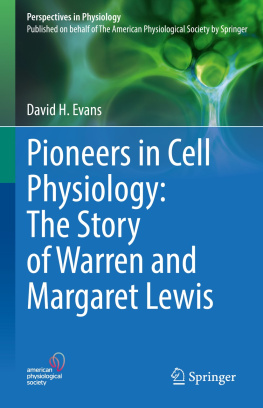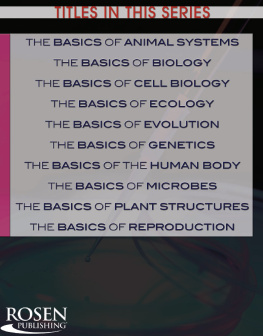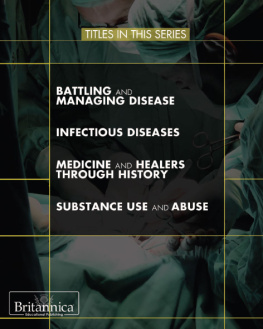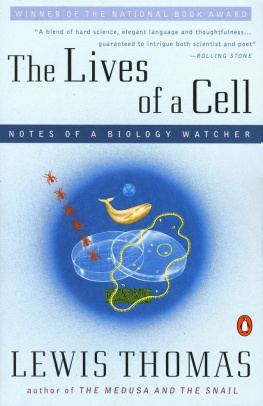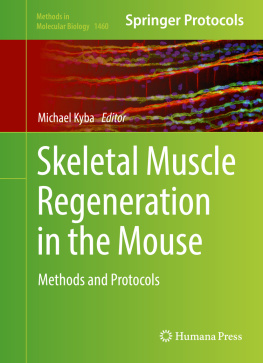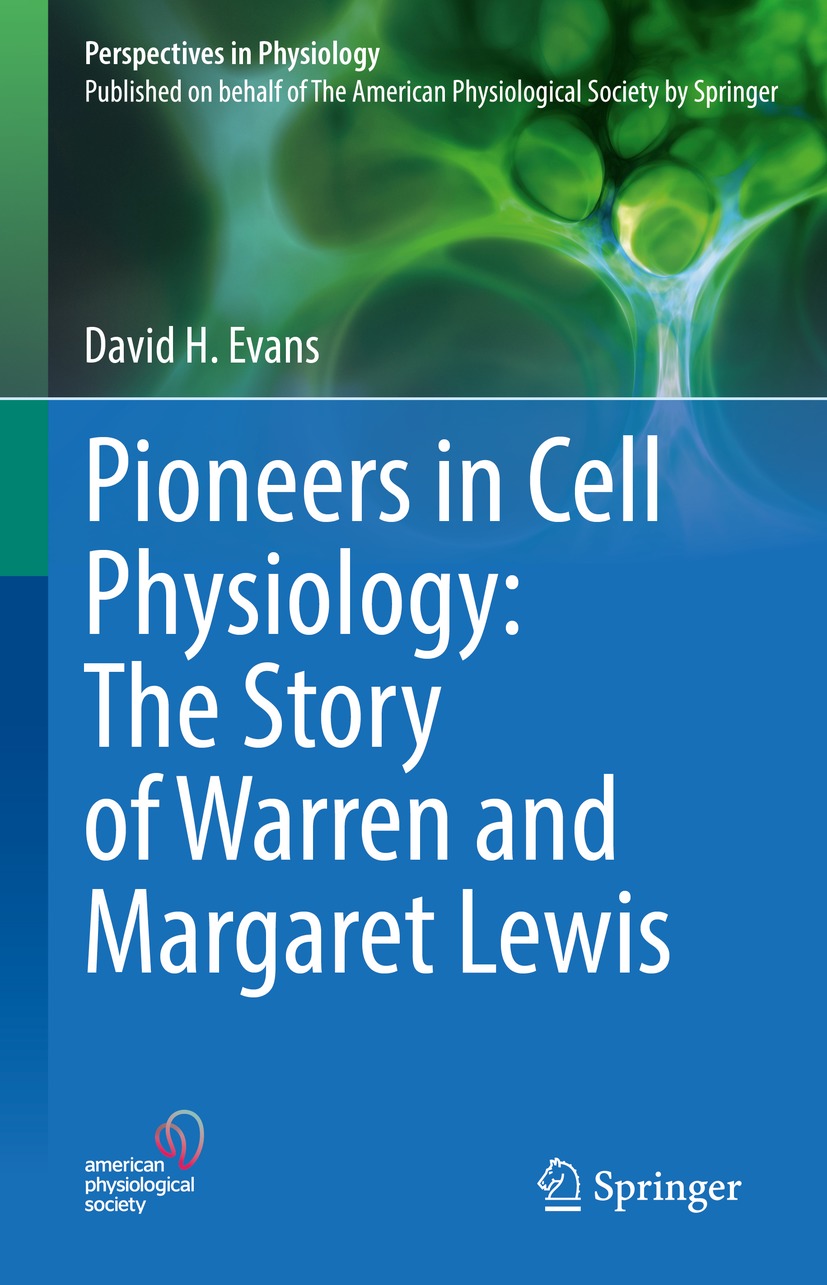Perspectives in Physiology
This fascinating series seeks to place biomedical science inside a greater historical framework, describing the main pathways of development and highlighting the contributions of prominent investigators. This book series is published on behalf of the American Physiological Society by Springer. Access to APS books published with Springer is free to APS members.
David H. Evans
Pioneers in Cell Physiology: The Story of Warren and Margaret Lewis

Logo of the publisher
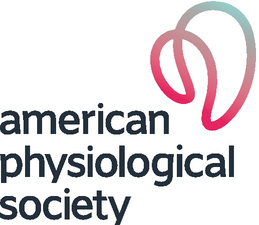
Logo of the publisher
David H. Evans
Department of Biology, University of Florida, Gainesville, FL, USA
ISSN 2625-2813 e-ISSN 2625-2821
Perspectives in Physiology
ISBN 978-3-031-11893-7 e-ISBN 978-3-031-11894-4
https://doi.org/10.1007/978-3-031-11894-4
Jointly published with The American Physiological Society
The Editor(s) (if applicable) and The Author(s), under exclusive license to Springer Nature Switzerland AG 2022
This work is subject to copyright. All rights are solely and exclusively licensed by the Publisher, whether the whole or part of the material is concerned, specifically the rights of translation, reprinting, reuse of illustrations, recitation, broadcasting, reproduction on microfilms or in any other physical way, and transmission or information storage and retrieval, electronic adaptation, computer software, or by similar or dissimilar methodology now known or hereafter developed.
The use of general descriptive names, registered names, trademarks, service marks, etc. in this publication does not imply, even in the absence of a specific statement, that such names are exempt from the relevant protective laws and regulations and therefore free for general use.
The publishers, the authors, and the editors are safe to assume that the advice and information in this book are believed to be true and accurate at the date of publication. Neither the publishers nor the authors or the editors give a warranty, expressed or implied, with respect to the material contained herein or for any errors or omissions that may have been made. The publishers remain neutral with regard to jurisdictional claims in published maps and institutional affiliations.
This Springer imprint is published by the registered company Springer Nature Switzerland AG
The registered company address is: Gewerbestrasse 11, 6330 Cham, Switzerland
Preface
During the writing of a book about the Mt. Desert Island Biological Laboratory, I discovered that Warren and Margaret Lewis had a major impact on that laboratory and the emerging field of cell physiology during the early and mid-twentieth century. With scientific or personal connections to such luminaries as Hans Spemann, Thomas Hunt Morgan, Ross G. Harrison, Leonor Michaelis, and Joseph Needham, they were at the dawn of cell biology as it evolved from static anatomy to functional physiology. Warren had formal training in William Oslers medical school at Johns Hopkins and was certainly the accepted leader, but Margaret (who left a Ph.D. program to marry Warren) was the one who brought tissue culture to their research program, for which they were best known. Her collaborations with an array of nascent research leaders led to ground-breaking publications in hematology and cancer causes and treatment. Throughout their long careers (which spanned over 50 years), they collaborated and also worked independently, producing a substantial body of research literature and a library of videos of cells moving, dividing, and engulfing their surrounding medium. This is the story of their personal and professional lives.
David H. Evans
Gainesville, FL, USA
Introduction
At a dinner in 1955, celebrating the lives and scientific work of Warren and Margaret Lewis, a parade of internationally known colleagues offered their thoughts about the couple:
We remember lunch in the laboratory; the happy conversation; the early lesson of the risk of loose statements (and not only biological oneshas anyone ever exploited reference books, including the Encyclopaedia Britannica, as has Dr. Warren Lewis with such devastating effects on the inaccurate, but so good humouredly); the risk of burning the toast or getting an unpopular cheese when it was ones turn to do the chores. All these, and many other, memories remain with us. But most of all the pleasure of Dr. Warren in photographing a living egg of the pride of Dr. Margaret in thriving tissue culture. Together and alone you have advanced biological knowledge, and are universally admired for the manner in which you have done so. (Dixon Boyd, M.D. (and Mrs. Boyd), School of Anatomy, Cambridge, England)
I shall never forget the morning you came in and discovered that my partner and I, who were then dissecting lowers and had opened the abdominal cavity, had nonchalantly severed both vagi as they came through the diaphragm and had not bothered to work out their distribution at all. Your withering scorn, expressed in no uncertain terms, made us both wish that the ground beneath us would open up and swallow us whole. I was therefore all the more surprised the following autumn when you asked me to be a student demonstrator in gross anatomy. (Alan M. Chesney, M.D., Dean Emeritus, Johns Hopkins University Medical School)
Some of us have had the great good fortune of having known and worked with you personally and therein have benefited immeasurably from your great understanding and extraordinary humanity. Truly, the lives and careers of those who had had such enviable opportunity bear the indelible stamp of your influence so strikingly characterized by its warmth, its simplicity, its friendliness and its penetrating critique. Influence such as yoursis indeed immortal and we are truly glad for it. (Wiley D. Forbus, M.D., Duke University School of Medicine)
One of my earliest memories of Woods Hole, in the twenties, is of you two walking arm in arm, in the evening, out along the Nobska Point Road. I asked someone who you were, and was answered in a manner which made it plain that you were something very special. One of my earliest memories of this medical school is of you two presiding over your laboratories in the New Hunterian, handling your cultures with loving care and with the touch of magicians. (Allan L. Grafflin, M.D. Johns Hopkins School of Medicine)
I am delighted to have the opportunity of sendinga message of warmest greetings to Dr. Warren H. Lewis and Mrs. Margaret Lewis upon the occasion of his 85th birthday. As one whose work has lain in the borderline between experimental morphology and biochemistry, the contributions of the Lewises have been familiar to me for more than thirty years, and one of the happiest recollections of my wife and myself concerns our visits to their home by the edge of the water at Salsbury Cove. Representatives of the great generation of American biologists, long may they flourish! (Joseph Needham, DPhil., Cambridge University)
Your capacity of identifying problems which cried out for study and of devising exquisitely suitable methods of approach to their solution proves your right to be included in that small and select group of great leaders in the field of cell biology. Your quiet never-ceasing thoroughness, the endless reliance upon your own hands and minds and your apparent disdain of applause and public recognition have set examples, the influence of which cannot be over-stated. Your world of biological science, deeply in your debt, is now, in congratulating you, really thankfully congratulating itself for its possession of you through all these years. (Alfred N. Richards, M.D. University of Pennsylvania)

